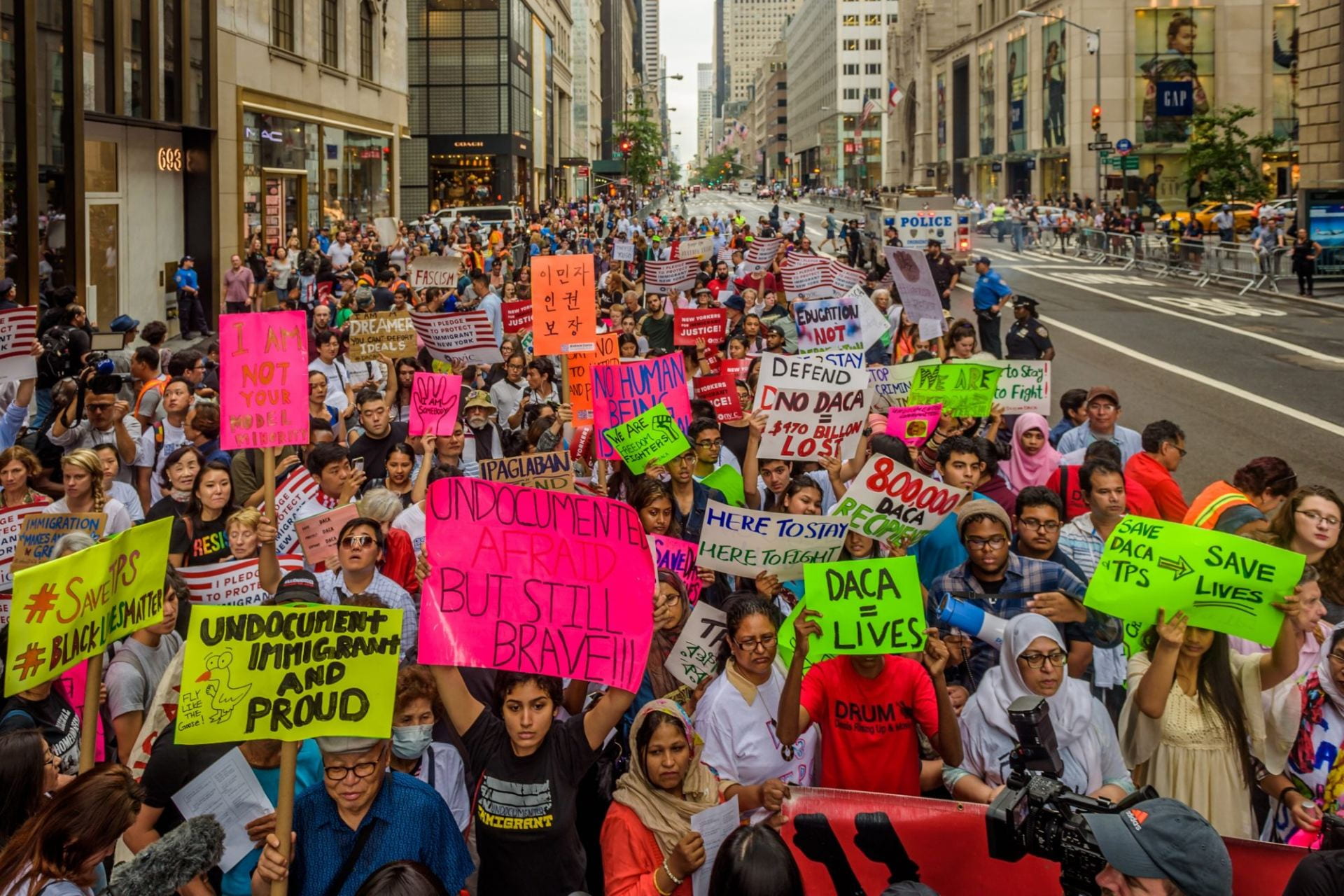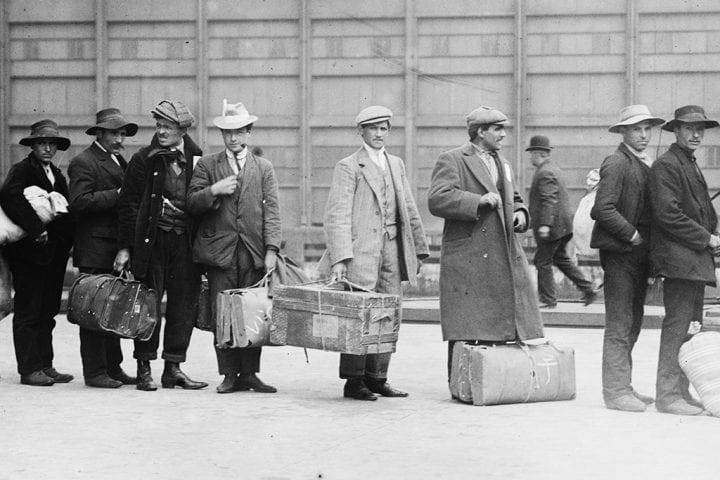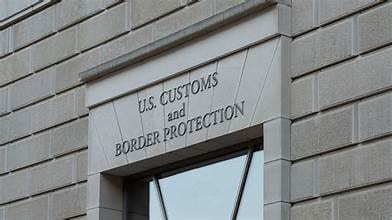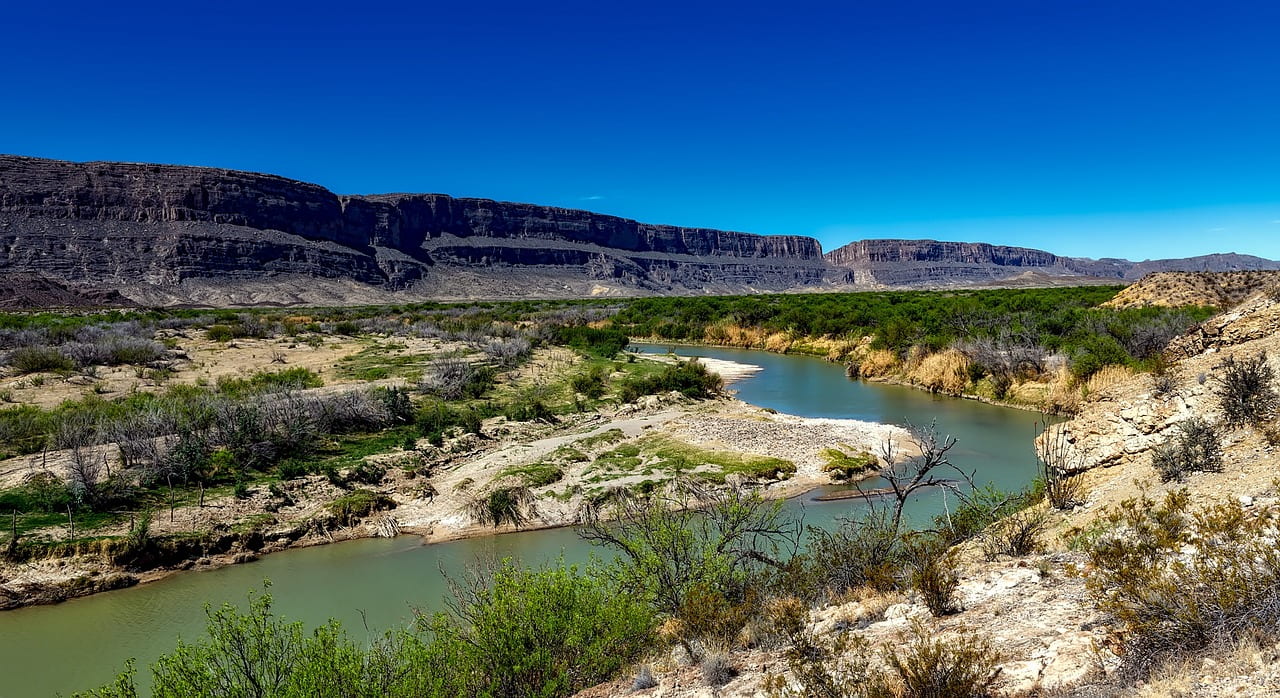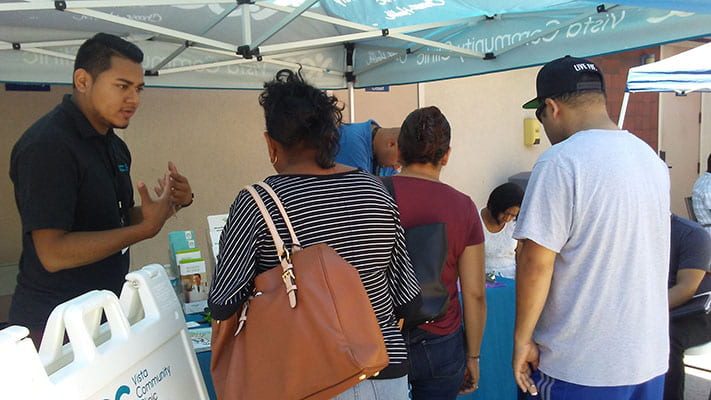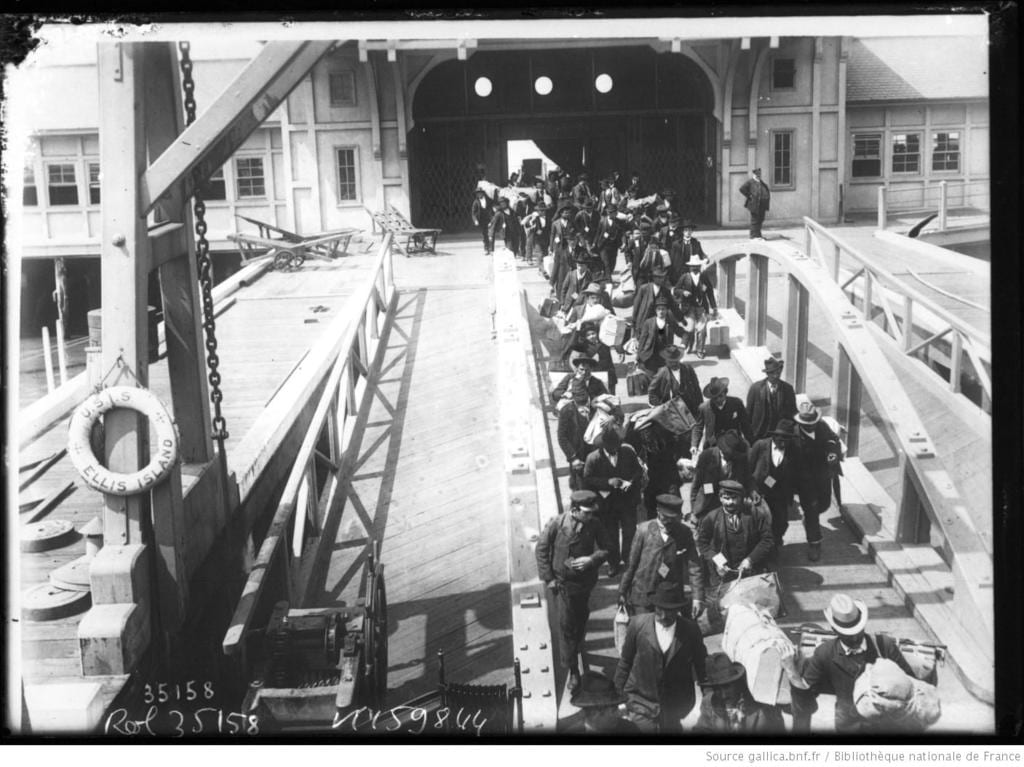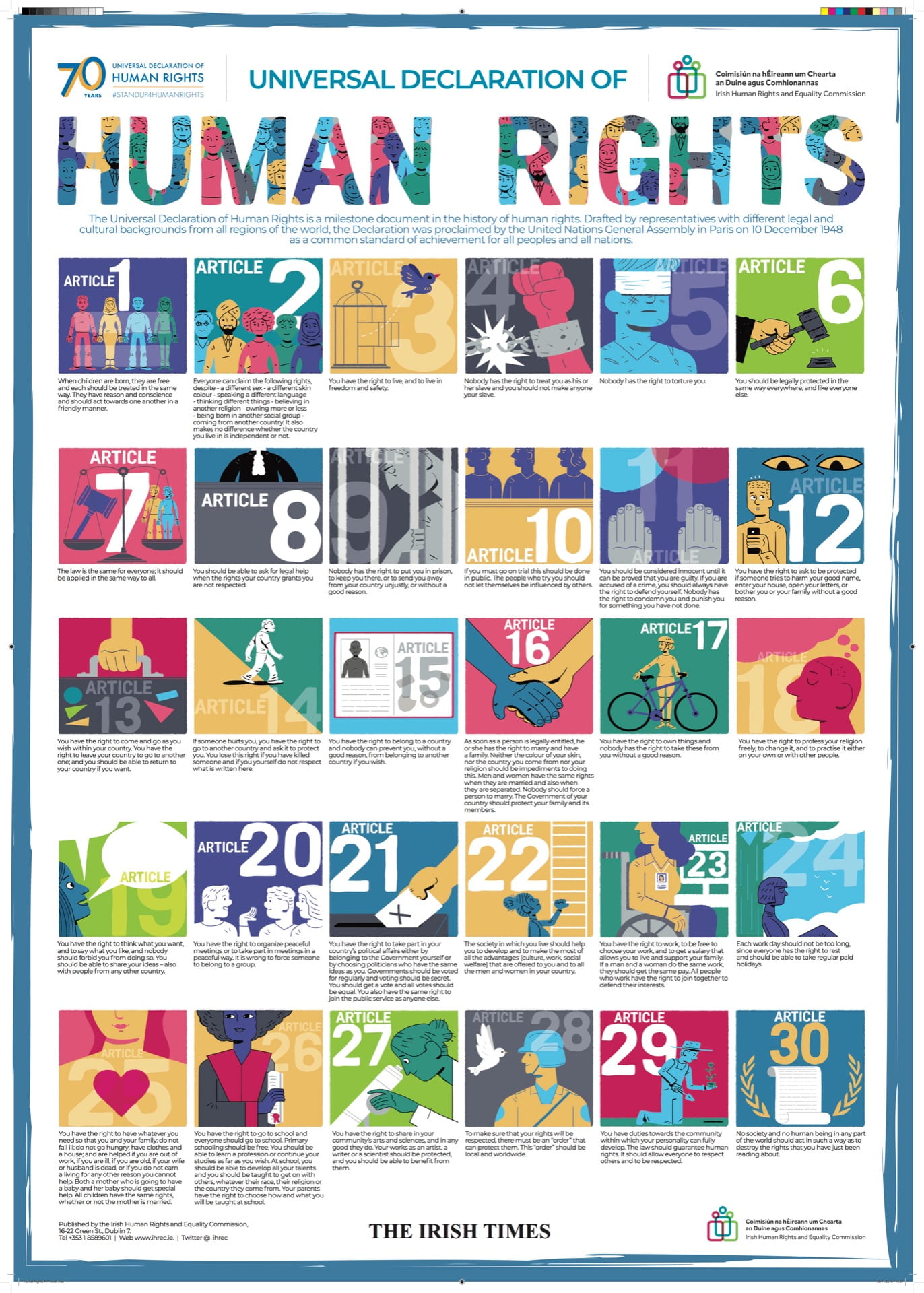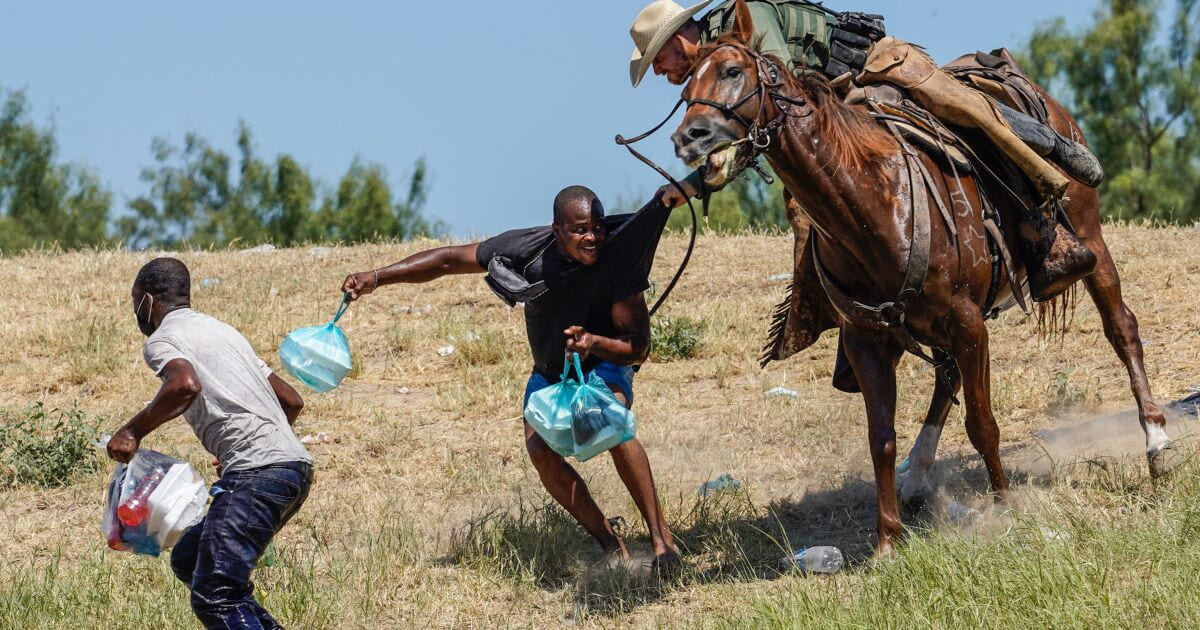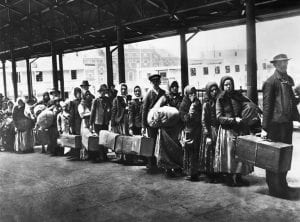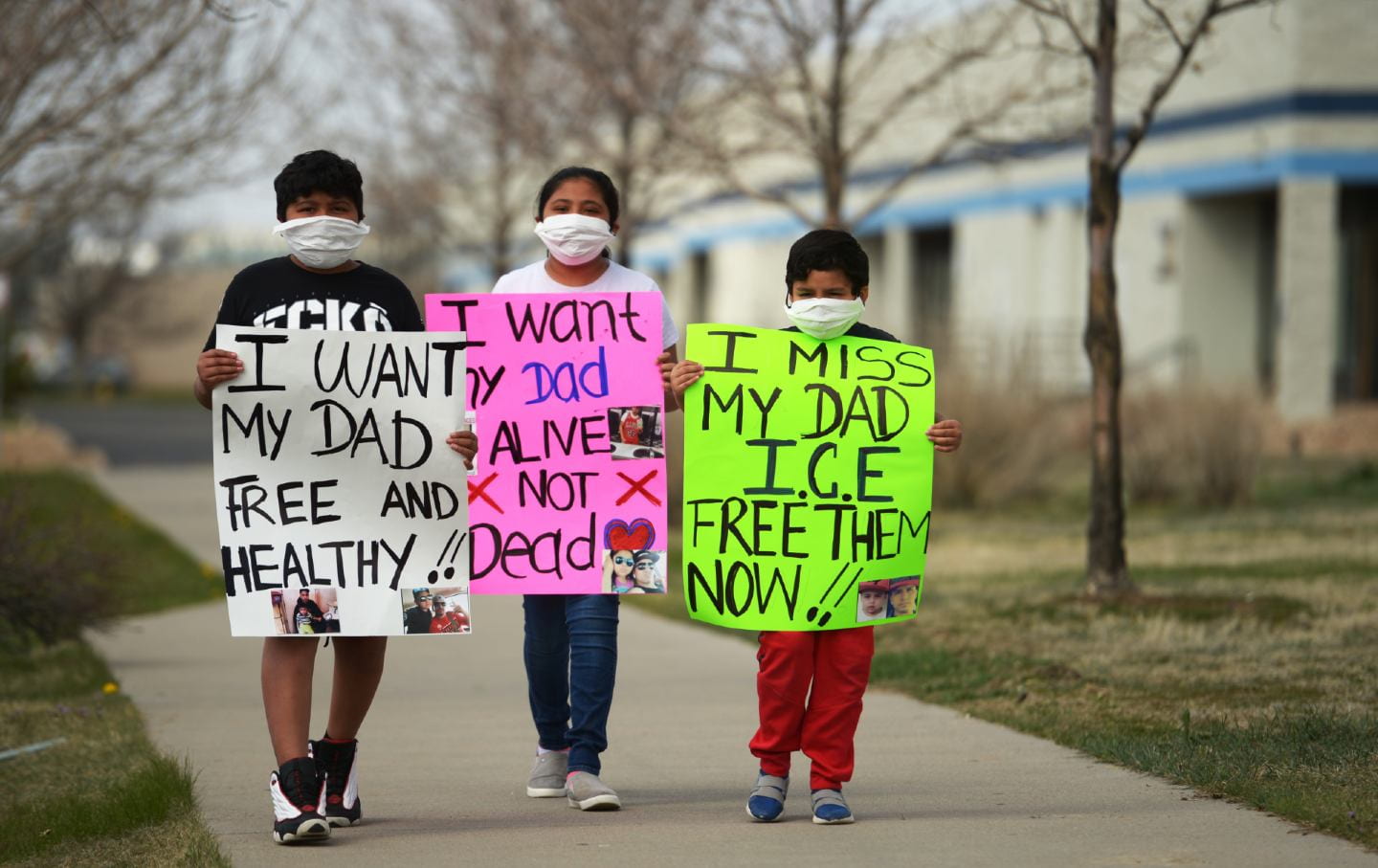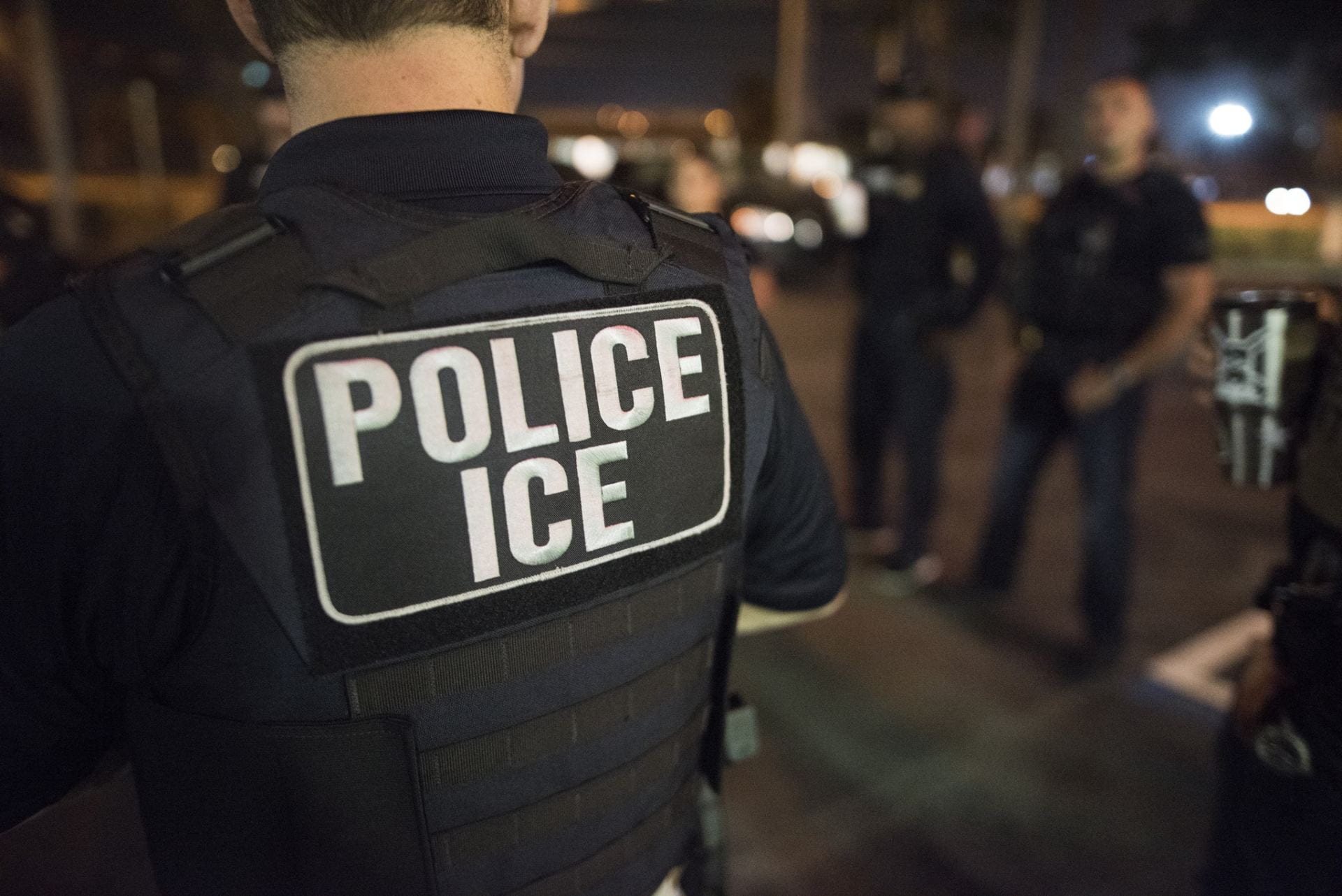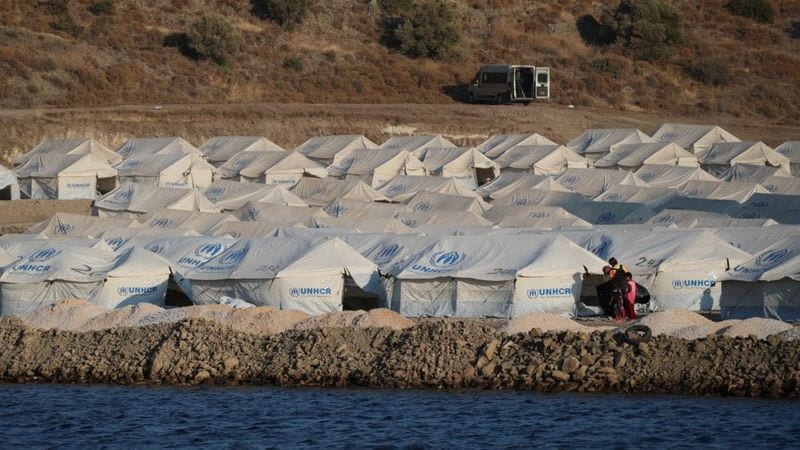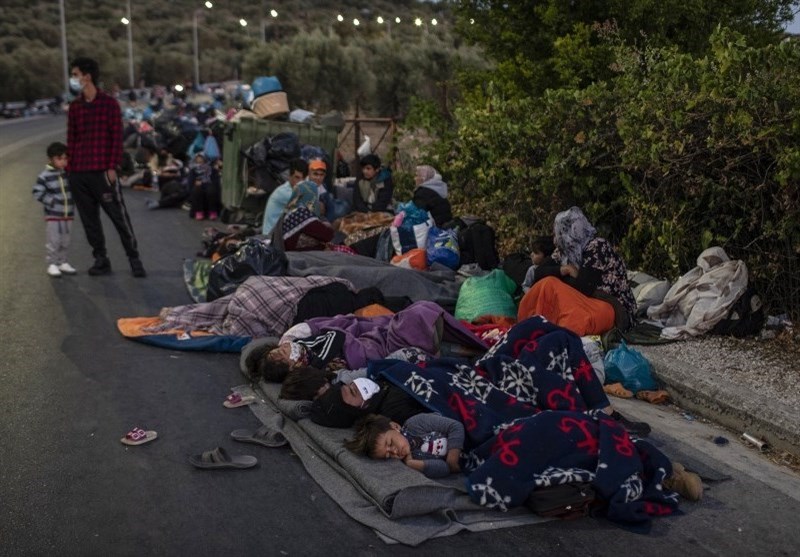
When Rosa* arrived to clean guest rooms at a popular beach hotel, the recruiter’s promises still echoed: “$12 an hour, free housing, and a chance to learn English.” Her temporary work visa had cost thousands in “fees,” which the recruiter said she could repay from her first months of wages. But the free housing was a crowded motel room with six other women. The “fees” kept growing. Her passport was locked in a supervisor’s desk “for safety.” Twelve-hour shifts stretched into sixteen. If she complained, the supervisor reminded her that she “owed” the company and could be sent home in debt, or reported to immigration. Rosa wasn’t chained. She could walk to and from work. Yet every part of her life, documents, debt, threats, and isolation, was controlled.
Rosa didn’t know it had a name. It does: labor trafficking.
What is labor trafficking?
Under U.S. law, labor trafficking (also called forced labor) occurs when someone obtains another person’s labor or services through force, fraud, or coercion. This includes threats of serious harm, schemes, abuse of legal process (for example, threatening deportation), or withholding documents and wages to compel work.
Globally, the International Labour Organization (ILO) estimates 27.6 million people are in forced labor on any given day. A 2021 report estimated that 50 million people are in “modern slavery,” which also includes forced marriage. In 2024, the ILO reported that illegal profits from forced labor in the private economy reached $236 billion annually, a 37% increase over a decade; this is evidence that coercion is lucrative for traffickers and intermediaries.

How does it happen? The “means” traffickers use
The ILO identifies 11 indicators that commonly appear in forced labor situations. You rarely need all 11 to determine risk; one or more strong indicators can be enough to signal danger. These are abuse of vulnerability, deception, restriction of movement, isolation, physical or sexual violence, intimidation and threats, retention of identity documents, withholding wages, debt bondage, abusive working and living conditions, and excessive overtime.
Rosa’s story shows several in practice:
- Debt bondage via unlawful recruitment fees and deductions.
- Withholding documents (passport confiscation).
- Threats and abuse of legal process (“We’ll call immigration”).
- Excessive overtime and abusive conditions.
These tactics can entrap anyone, citizens and migrants, men and women, adults and youth.

Where labor trafficking shows up (it’s closer than you think)
Contrary to the myth that labor trafficking only happens “somewhere else,” it also occurs in wealthy countries, including the United States, across both hidden and highly visible industries.
- Agriculture, forestry, and food processing: Seasonal, remote worksites and complex contracting chains create risk. Temporary visa programs (such as H-2A for agriculture and H-2B for non-agricultural seasonal work) can be both lifelines and levers for coercion when employers or labor brokers retaliate or threaten to withhold visa renewals. The Hotline data and policy research from Polaris Project detail cases involving wage theft, unsafe housing, and retaliation.
- Hospitality, cleaning, and landscaping: Hotels, resorts, commercial cleaning, and landscaping often rely on subcontractors and staffing agencies, which can obscure who is responsible for wages, safety, and housing. The National Human Trafficking Hotline has identified hundreds of potential victims linked to hospitality supply chains.
- Construction and manufacturing: Long hours, dangerous sites, and layers of subcontracting elevate the risk of coercion, document retention, and threats. The ILO’s indicators surface repeatedly in these sectors.
- Domestic work and caregiving: Workers in private homes can be isolated from the public and regulators, leaving them vulnerable to withheld wages, restricted movement, and threats. The ILO’s global estimates include millions of cases of domestic work under forced labor.
- Seafood and global supply chains: Beyond U.S. borders, supply chains can mask the use of forced labor in fishing, seafood processing, apparel, electronics, and more. The U.S. Department of Labor’s List of Goods Produced by Child Labor or Forced Labor is a sobering catalog, as it lists 204 goods from 82 countries (as of Sept. 5, 2024). Policymakers and purchasers use it to identify high-risk imports and improve due diligence.

State action and import bans
In recent years, the U.S. has restricted imports tied to forced labor under the Uyghur Forced Labor Prevention Act (UFLPA) and other authorities, adding companies to enforcement lists and blocking imports in sectors such as footwear, aluminum, and seafood. These steps matter because cutting off profits reduces incentives to exploit.
Common threads: What to watch for
While every case is unique, patterns repeat:
- Recruitment fees and debt: Workers are charged unlawful or inflated fees by recruiters. Debts balloon through deductions for housing, equipment, or transport, paid back through labor; the worker can’t freely leave.
- Document confiscation: Passports, IDs, or visas are held “for safekeeping,” removing mobility and increasing fear.
- Threats and abuse of legal process: Supervisors threaten deportation, blacklisting, or calling the police if workers complain.
- Isolation: Workers are transported to remote sites, housed on-site, or told not to speak to neighbors, customers, or inspectors.
- Wage theft and excessive overtime: Unpaid overtime, below-minimum wages, or pay withheld until a season ends.
- Subcontracting opacity: When multiple entities sit between the worker and the brand, accountability gets murky, and traffickers exploit the gaps.
Who is at risk?
Anyone facing economic hardship, discrimination, or a lack of legal protections can be targeted. Migrant workers, especially those whose visas tie them to a single employer, can be especially vulnerable to coercion. Data from the National Human Trafficking Hotline’s analysis shows thousands of victims holding temporary visas at the time of their abuse.
But vulnerability isn’t limited to migrants. Youth aging out of care, people in debt or homelessness, and disaster-displaced families are at an elevated risk of labor exploitation. Traffickers prey on need, not nationality.

How is labor trafficking different from “regular” workplace abuse?
Workplace violations (like unpaid overtime) are serious and enforceable through agencies like the U.S. Department of Labor, but they are not all trafficking. Trafficking involves a compelling mechanism (force, fraud, or coercion) that deprives a worker of a meaningful choice to leave. If you see indicators like debt bondage, document confiscation, or threats of serious harm or deportation, you may be looking at forced labor, which is a crime.
What progress looks like
Governments, companies, and civil society have tools to reduce risk:
- Stronger enforcement and civil remedies under the Trafficking Victims Protection Reauthorization Act (TVPRA), including § 1595 civil liability for those who knowingly benefit from ventures using forced labor. Recent litigation highlights the legal risk of ignoring red flags.
- Import controls that block goods made with forced labor.
- Risk mapping and due diligence using resources like the U.S. Department Of Labor List of Goods Produced by Child Labor or Forced Labor.
But the profit motive remains powerful, given the staggering $236B in illegal profits stemming from forced labor, so vigilance and reporting are critical.

How you can help (even if you’re not sure it’s trafficking)
You don’t have to decide whether a situation is “definitely” trafficking. If you notice multiple indicators, such as debts used to control, threats, confiscated documents, isolation, abusive conditions, withheld wages, or excessive overtime, say something. Trained specialists can sort out whether it’s a labor law violation, trafficking, or both, and connect people to help.
In the United States
- National Human Trafficking Hotline – 1-888-373-7888 (24/7), text “BEFREE” (233733), or online report/chat: humantraffickinghotline.org. (The hotline is supported by Health and Human Services and is transitioning operators; the number and channels remain active.)
- DHS Blue Campaign / ICE HSI Tip Line – To reach federal law enforcement directly about suspected trafficking or smuggling: 1-866-347-2423 or submit an online tip.
- U.S. Department of Labor, Wage & Hour Division (WHD) – For wage theft, child labor, or overtime violations that may overlap with trafficking: 1-866-4-US-WAGE (1-866-487-9243) or file a complaint online.
- OSHA – For unsafe or abusive working conditions posing imminent danger: 1-800-321-OSHA (6742).
- 911 – If someone is in immediate danger.
If you’re an employer or community leader, post these numbers in break rooms, faith centers, and shelters—and ensure reporting won’t trigger retaliation.
Bringing it back to Rosa
One winter night, a guest slipped Rosa a folded flyer with a number and the words: “You have rights.” She called during her only free hour. The advocate didn’t ask her to be certain; they asked about indicators, debt, documents, threats, wages, and hours, and created a safety plan. Law enforcement and labor investigators coordinated with a local nonprofit. Rosa got her passport back, moved into safe housing, recovered wages, and started English classes. She still cleans rooms, but now she does it on her own terms, and she keeps extra copies of that number in her apron pocket.

If you or someone you know might be experiencing labor trafficking:
- Call 1-888-373-7888, text 233733 (BEFREE), or visit humantraffickinghotline.org.
- To report directly to federal law enforcement, call 1-866-347-2423 (HSI Tip Line).
- For wage/overtime or child-labor concerns, call 1-866-4-US-WAGE.
You don’t need to be sure. Calling could be the beginning of someone’s freedom.

*The name and story used are a representation of labor trafficking victims.









